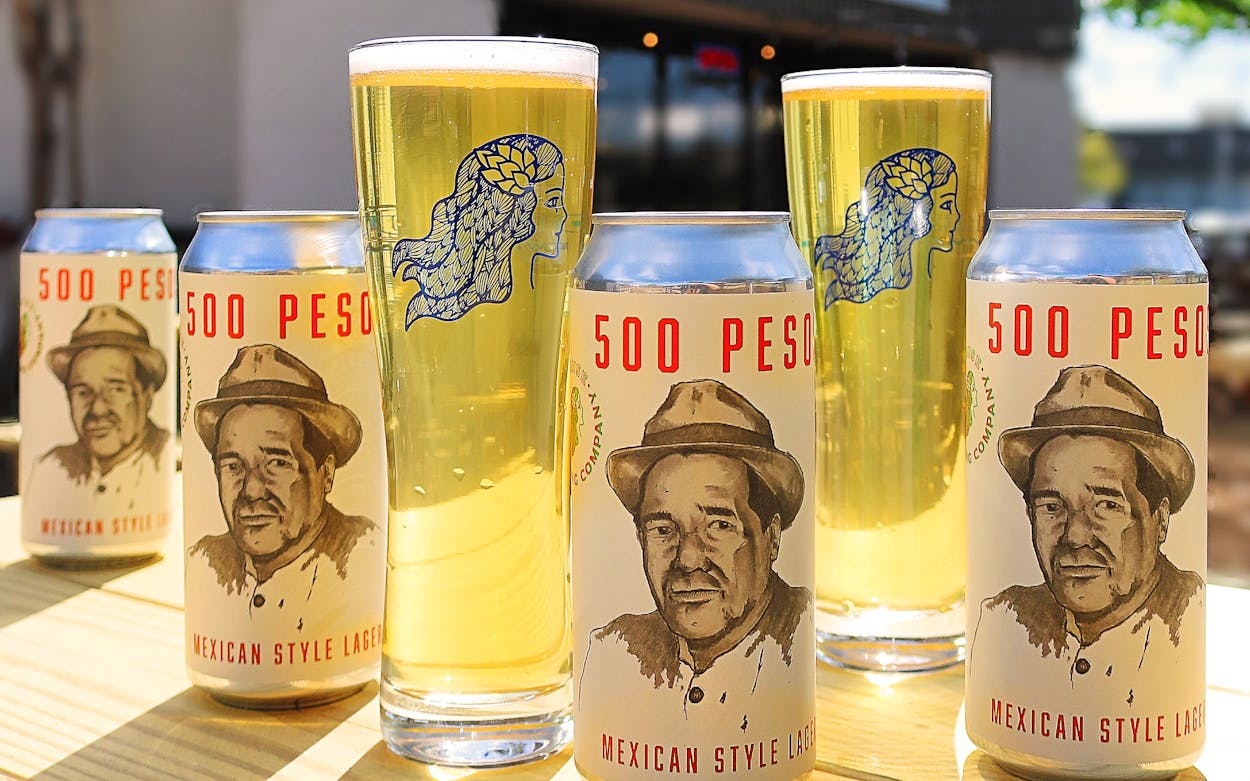Behind-the-Scenes at a Distillery in Galveston: Tours and Tastings
Behind-the-Scenes at a Distillery in Galveston: Tours and Tastings
Blog Article
Understanding the Craft of Purification: a Deep Dive Into Distillery Traditions
Discovering the elaborate art of purification reveals a globe steeped in classic customs that have actually shaped the spirits we enjoy today. From the old origins of purification techniques to the contemporary evolution of distillery devices, each action in the process lugs with it a rich tapestry of background and knowledge. As we look into the fragile balance of standard versus modern distilling methods and reveal the importance of crucial active ingredients, a deeper understanding arises of the extensive impact distillery customs carry the spirits we enjoy.
Beginnings of Distillation Methods
The advancement of purification strategies has a rich history that traces back to old civilizations. The origins of distillation can be linked to very early people such as the Mesopotamians, Egyptians, and Greeks. These old cultures made use of basic distillation techniques for perfumery, medicine, and creating liquors. The idea of dividing elements based upon their various boiling points laid the foundation for the advanced distillation processes we have today.
The earliest evidence of distillation dates back to around 3000 BC in Mesopotamia, where clay pots were used to distill fragrances and fragrant oils. The Egyptians better progressed these strategies, making use of purification for embalming methods and medicinal functions. The Greeks, significantly numbers like Aristotle and Hippocrates, contributed to the theoretical understanding of purification.
In time, distillation infect areas like India, China, and the Center East, each culture including its unique touch to the craft. The advancement of purification strategies continued via the Middle Ages and the Renaissance, ultimately bring about the diverse range of purification procedures employed in modern-day distilleries worldwide.
Development of Distillery Equipment

With advancements in modern technology and a much deeper understanding of the distillation procedure, modern-day distilleries now utilize a variety of innovative devices to produce spirits of the highest possible top quality. Today, distillation equipment consists of column stills, reflux stills, and hybrid stills, each designed to deal with certain distillation demands. These contemporary stills offer far better temperature regulation, raised distillation accuracy, and higher efficiency in dividing alcohol from impurities.
In enhancement to stills, distilleries now use innovative condensers, fermenters, and filtration systems to more fine-tune the extract. The development of distillery tools continues to play a crucial function fit the varied series of spirits offered on the market today.
Typical Vs. Modern Distilling Practices
Alternatively, modern-day distilling techniques utilize innovative technology and technology to improve production processes and improve uniformity. Automated systems, electronic controls, and advanced devices allow contemporary distilleries to create spirits much more effectively and with greater precision.
While traditional distilling techniques are valued for their heritage and the one-of-a-kind tastes they create, contemporary methods offer benefits in regards to scalability, quality assurance, and sustainability. By incorporating scientific advancements and modern-day design, distillers can enhance production, lower waste, and fulfill the demands of today's market more properly. Eventually, the choice in between standard and contemporary distilling methods frequently depends on the distillery's objectives, values, and target market.
Secret Ingredients in Purification Process
Within the craft of purification, the choice of key active ingredients plays a critical function in determining the taste profile and top quality of the spirits created. The key components utilized in the purification process are typically water, yeast, and a fermentable resource such as grains, fruits, or sugarcane.
Water is a fundamental element as it not just weakens the alcohol web content to a palatable degree but additionally affects the general mouthfeel and texture of the spirit. The high quality and mineral web content of the water used can dramatically impact the end product.
Yeast is one Clicking Here more crucial ingredient that transforms the sugars existing in the fermentable source right into alcohol via the More about the author process of fermentation. Different pressures of yeast can produce varying aromas and tastes, adding to the unique attributes of the spirit.

Influence of Distillery Traditions on Spirits
The influence of historical distillery traditions on spirits expands beyond the choice of key components, shaping the extremely significance and character of the last distilled products (Seawall Bar). These traditions, gave through generations, play a vital role in defining the one-of-a-kind taste accounts and top qualities that distinguish one spirit from an additional
Distillery traditions include a wide variety of methods, from the details techniques utilized in purification to the choice of aging procedures used. For instance, using typical copper pot stills in whiskey production is believed to present certain flavors and qualities that are very valued by aficionados. Similarly, the aging of spirits in oak barrels, a method deeply rooted in distilling practices, contributes to the development of intricate fragrances and tastes in time.

Final Thought
In verdict, the practices of distillation have a rich history that has progressed with time. From the origins of distillation techniques to the modern methods, the effect of distillery customs on spirits is obvious. By comprehending the crucial components in the purification procedure and the advancement of distillery tools, one can value the workmanship and virtuosity that enters into developing top quality spirits. Distillery traditions play an important role fit the spirits industry and preserving the heritage of purification techniques.
Throughout the background of purification, the devices used in distilleries has undertaken substantial development to improve efficiency and quality of the purification process.With developments in technology and a much deeper understanding of the purification process, modern distilleries currently use a variety of innovative devices to produce spirits of the highest possible top quality. Today, distillation tools consists of column stills, reflux stills, and hybrid stills, each made to provide to specific purification requirements. From the origins of purification techniques to the modern-day methods, the impact of distillery practices on spirits is undeniable. Distillery practices play a crucial role in forming the spirits industry and protecting the heritage of distillation techniques.
Report this page